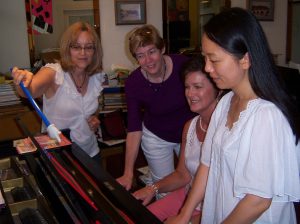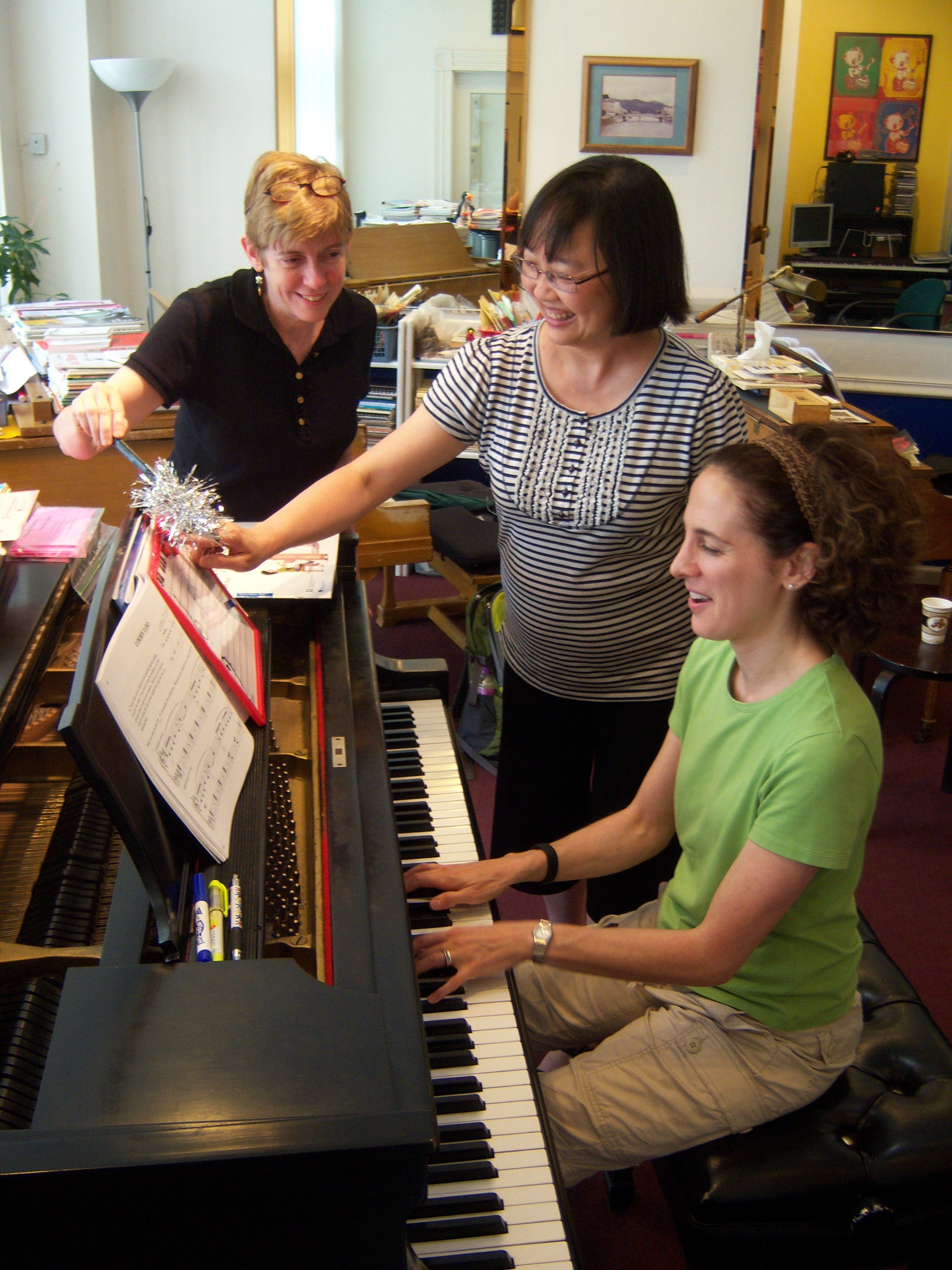Newsletter for Parents, Students, and Friends of The Lake Shore Music Studio, Piano Lessons for All Ages, Chicago.

View from outside the entrance to The Lake Shore Music Studio.
Summer is in full bloom at LSMS!
It is such a joy to look out on the beautiful plaza and step out between piano lessons for a bit of summer air or a casual chat with a Sandburg Village neighbor or an occasional surprise visit from an old friend.
Thanks Becky K. and other friends of LSMS for donations of music. Your contributions included some of our favorite collections including those Star Wars themes that keep surfacing!
SUMMER B TERM CONTINUES THIS WEEK
Summer C Term begins July 22.
Remember, we have piano lessons available through August 17, 2019. Set up your own personal schedule around your vacation needs. This is a good time to pass the word to interested friends to schedule a visit to the studio to get included into the fall schedule.
TEACHER TRAINING
One of my favorite things about summer is teaching other piano teachers about the Robert Pace Piano Method.
I am offering Music for Moppets/Kinder-Keyboard training July 16-18, 2019 and Level Two Pace Piano July 20-22. Please pass the word to any piano teachers who might like to know about these.
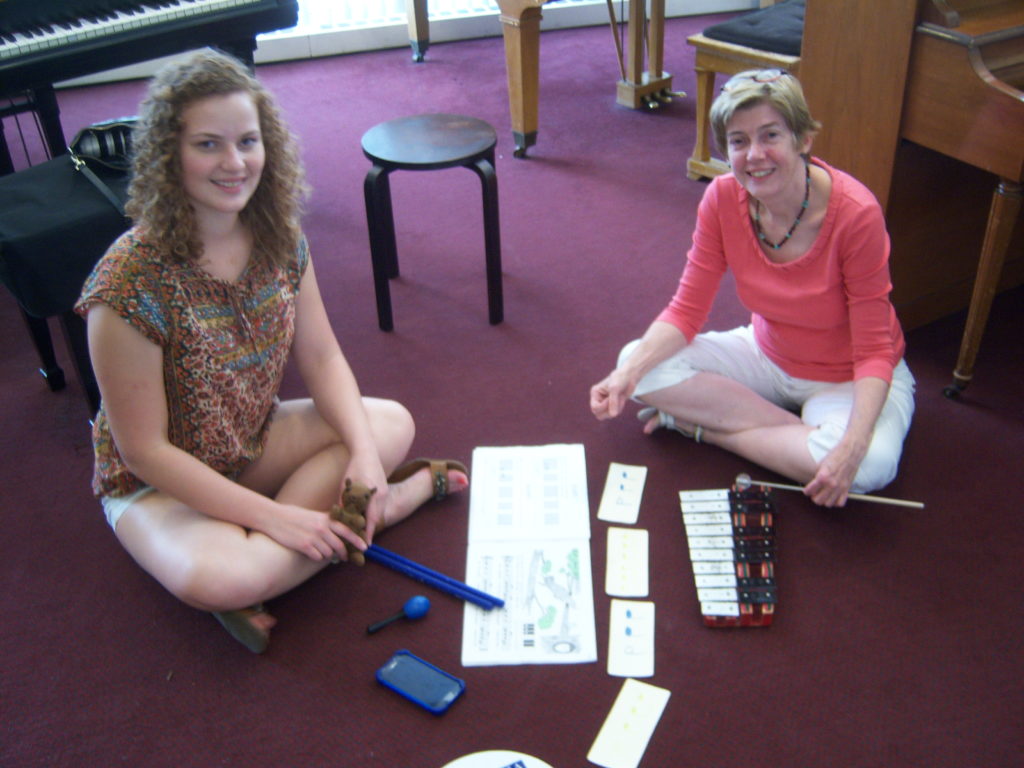
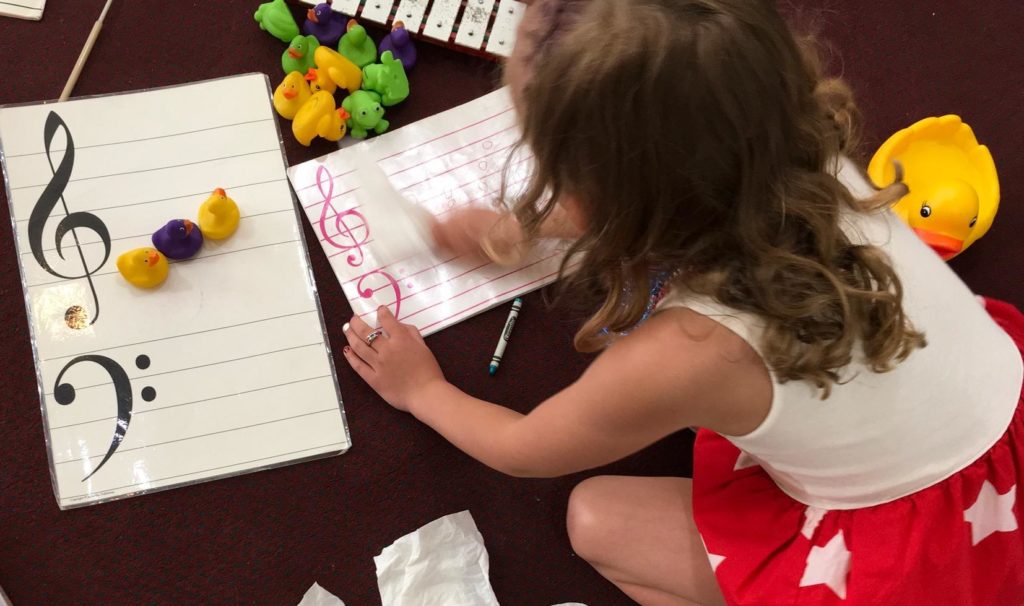
LAST CALL FOR MUSICALS CAMP
Please let me know if you are interested in our Exploring Musicals Camp (August 12-16, 2019). We will close registration soon.
GRANT PARK MUSIC FESTIVAL
There is a wonderful line-up of classical offerings by the Chicago Grant Park Symphony Wed. and Fri. 6:30 and Sat. 7:30 through August 17 at the Pritzker Pavillion in Millennium Park.
You can choose to sit in the seats for an up-close music experience or pack a picnic and blanket and enjoy lawn seating.
The expectation is that people will refrain from talking during the concert but if you are bothered by a little friendly chatter in the picnic section go for the seats up front.
Learn more at www.grantparkmusicfestival.com/the-music/2019-season
WIZARD OF OZ MANY WAYS
Do you love the Wizard of Oz as I do? Here are some great ways to experience it this summer.
Shakespeare Theatre’s “Wizard of Oz” children’s production runs through August 25, 2019.
Attending the play will be included as a field trip as part of our Musicals Camp. If you don’t attend camp make plans to see it anyway.
This Wed. July 10, at 8:00 pm in Pritzker Pavillion, see the original movie with the Grant Park Symphony performing the score live.
Notice: They check bags upon entry, so try to go a little early to make sure you get through the security and settle in.
I always enjoy when my route takes me by our city’s own tribute to the Wizard of Oz – the endearing statues of the Tin Man, Lion, Scarecrow, and Dorothy, in Oz Park at Lincoln and Webster.
Did you know author L. Frank Baum lived in Chicago when he wrote the “Wizard of Oz” books?
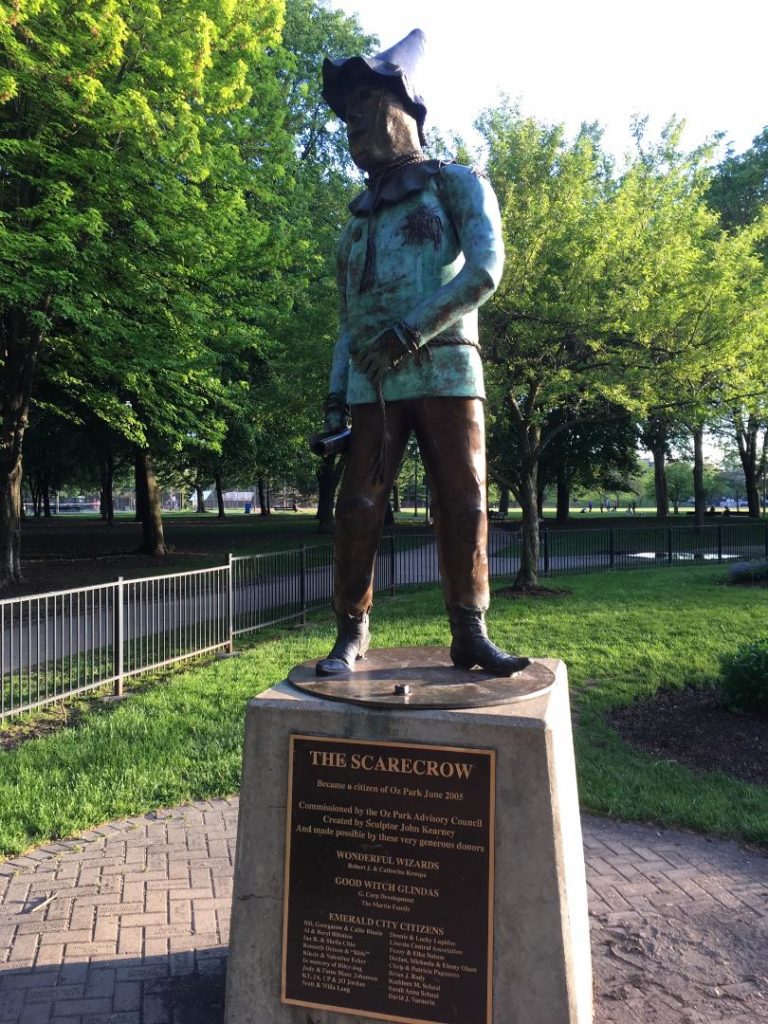
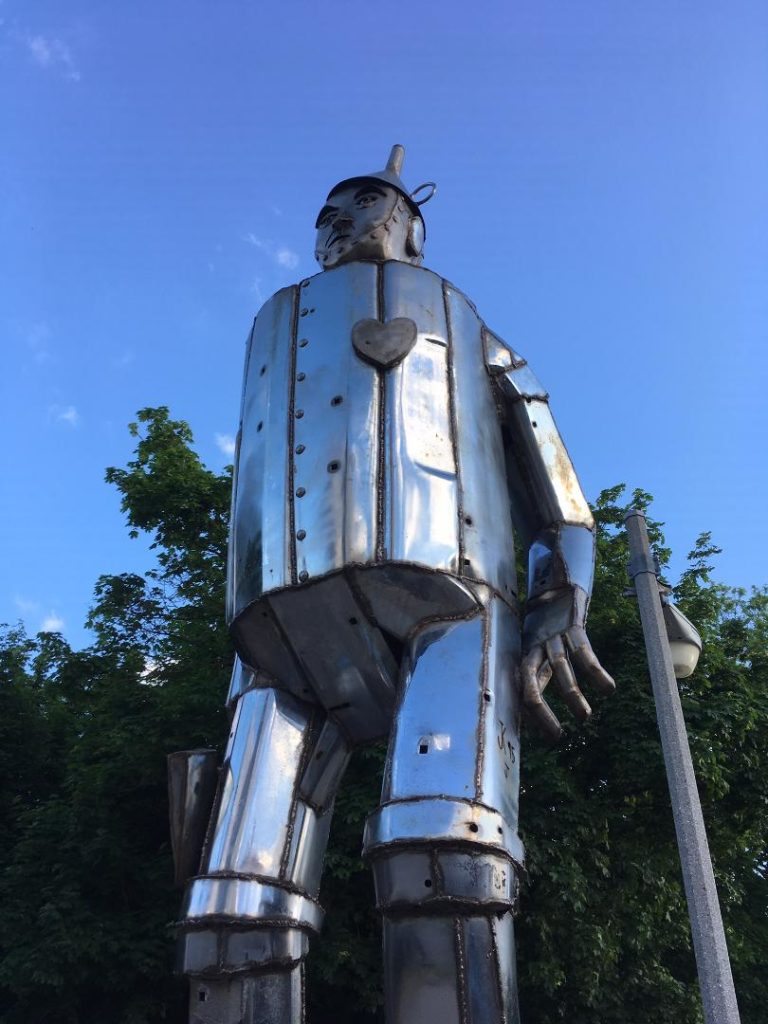
Photos by Reno Lovison
Here is a video of a few of our adult piano students performing the Carol Matz arrangement of “If I Only Had a Brain” at our recent recital party.
Enjoy LSMS Director, Julie Lovison playing “Over the Rainbow” on one of the Pianos in the Park at Make Music Chicago Day in Washington Square Park.
Music Man is playing through August 11 at Goodman Theatre.
I hope you can make time to see this wonderful classic musical, that is one of my favorites, full of cute kids, beautiful singing, fun dialog, funny scenes, and great dancing.
BEACH FUN and Brush Up on your Note Names
Draw a staff in the wet sand, put stones or shells on individual notes. Then play a game like “Who can name the note the fastest?”
Draw the EGBDF lines and FACE spaces (or GBDFA and ACEG for Bass Clef). Practice making steps and skips on the staff with stones or shells.
Take a picture and send it to me.
Enjoy your summer.
Best Wishes,
Julie
Julie Lovison, Director, The Lake Shore Music Studio, 1460 N. Sandburg Terrace, Chicago, IL 60610 Phone: 312-335-8426


